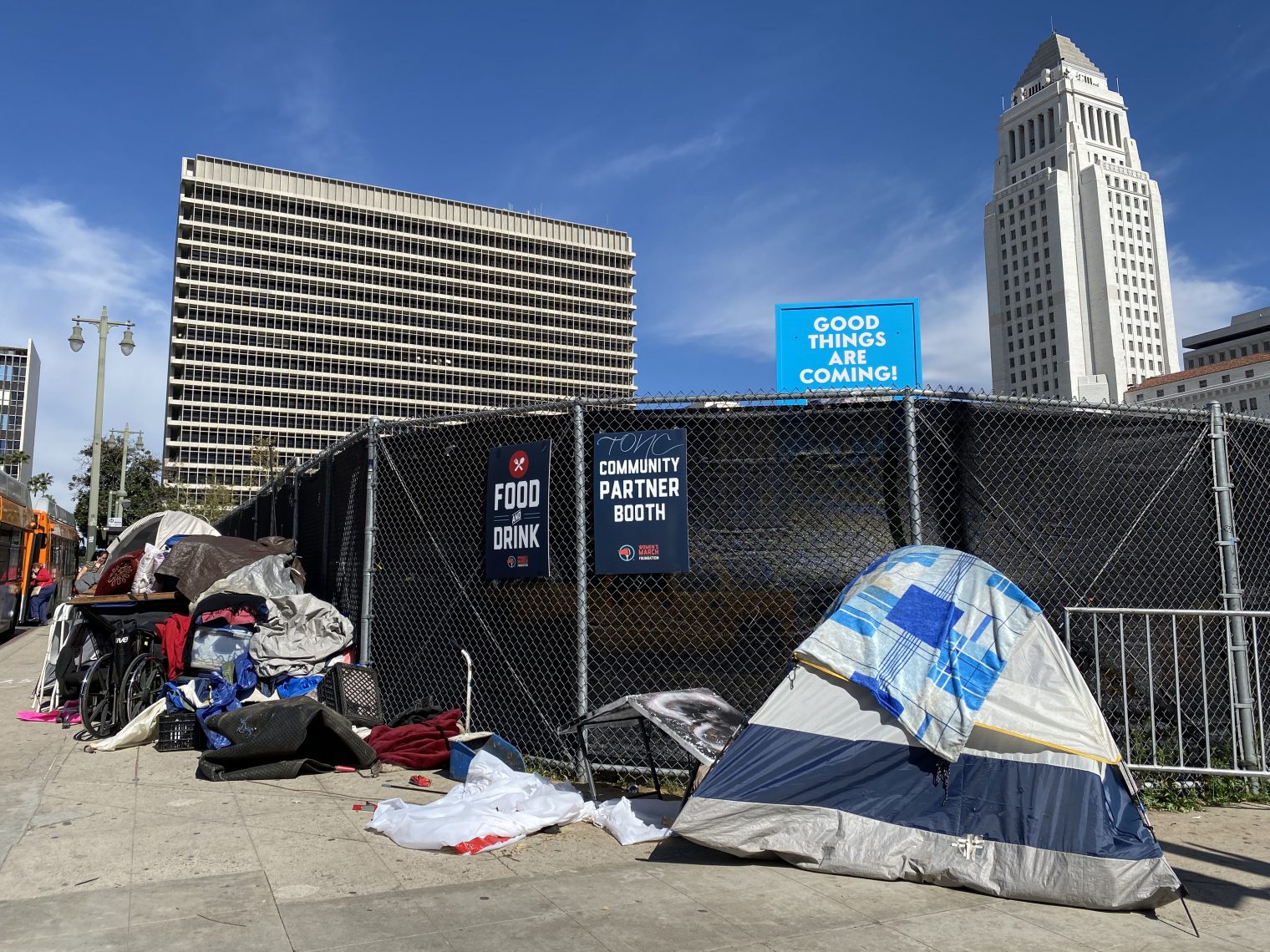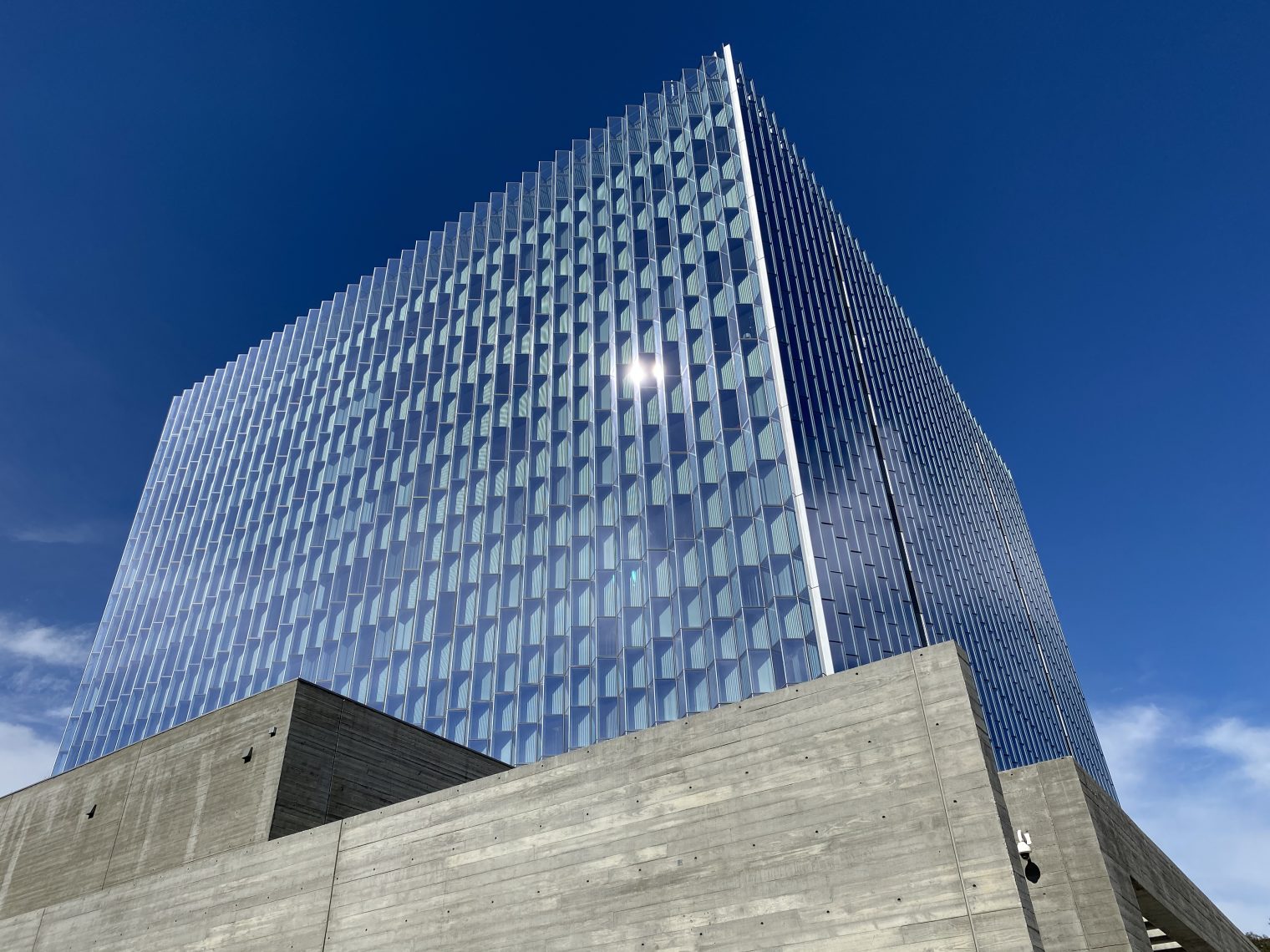Back in May, I asked “The government can’t find the 22 million undocumented, but it will find and track every coronafected human inside the U.S.?”
And what about those 22 million soon-to-be-Americans whose documentation is not quite in order. Do they answer the phone and open the door to the friendly government testing and tracing agents? Do they supply a biological sample so their DNA can be extracted and parked in a database? Do they give the government agent a list of all places visited, with dates and times, and the names of everyone else who was there?
According to the reader comments on “Why won’t the Europeans let in Americans who test negative for coronavirus?” we have no reliable test for determining coronavirus infection.
Putting these together… “New York county issues subpoenas to people refusing to talk to contact tracers” (The Hill):
“We are not receiving the necessary cooperation when we contact those who are positive for COVID-19 or those who had been at some of these gatherings,” Rupert said. “My staff has been told that a person does not wish to or have to speak to my disease investigators. They hang up, they deny being at the party, even though we have found their name from another party attendee, or a parent provides us with the information.”
“Many do not answer their cell phones and do not call back,” she added. “Sometimes parents answer for their adult children and promise that they have been home consistently, when they have not been. This must stop.”
“Unfortunately I am now forced by these circumstances to send subpoenas to the individuals who are required to cooperate with us,” Rupert said. “Failure to comply will be costly: $2,000 per day.”
He said he will not “have the health of our county compromised because of ignorance, stupidity, or obstinance.”
Like our health care system, the court system is designed to deal intensively with one case at a time, not with thousands or millions of similar cases. How is a litigation approach to contact tracing going to work?
Below, the Federal Courthouse in Los Angeles and, across the street, the usual California homeless encampment (residents of which receive heaps of thoughts and prayers from those driving by in their brand-new Teslas!). From a February expert witness trip.


“How is a litigation approach to contact tracing going to work?”
I do not think there will be any litigation creating court system overload. They can fine a couple of people $2,000 so that that the rest would be scared into compliance:
“All eight partygoers were subpoenaed, contacted by the state Health Department, and ultimately complied with efforts by disease tracers”
There are of course certain strata of the population that will find the $2,000 threat ridiculous/less dangerous than compliance, and ignore the threat, but I am not sure how large they might be to make the effort meaningless.
According to some con-lawyers, the DCT attempts are “almost certainly” legal at the state level and “much less so” at the federal.